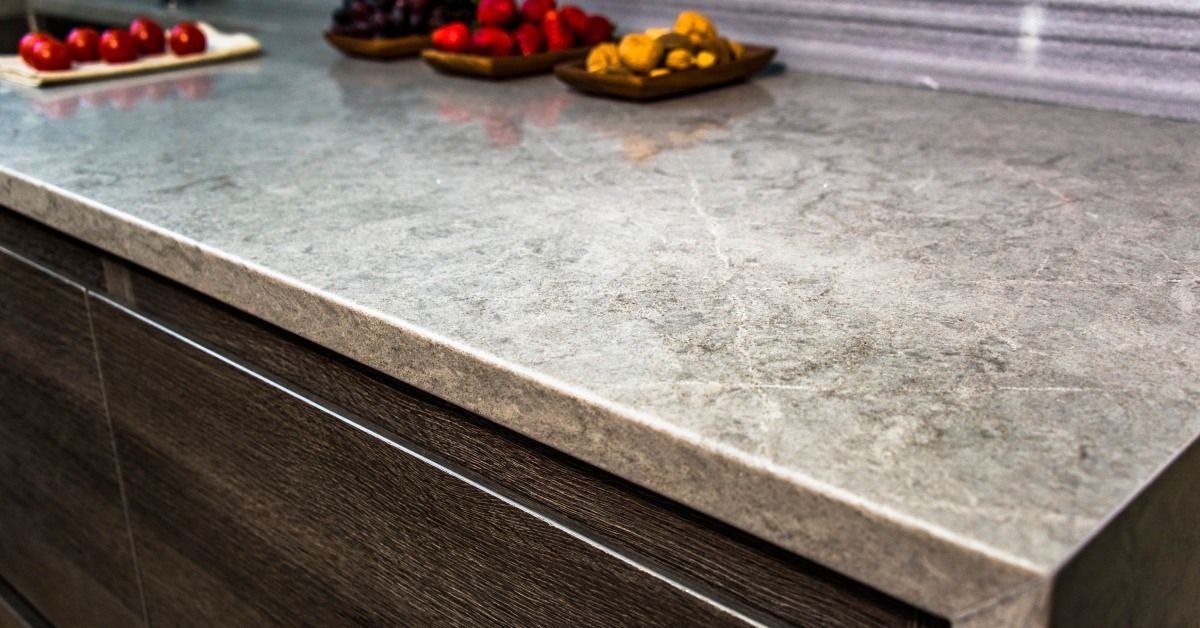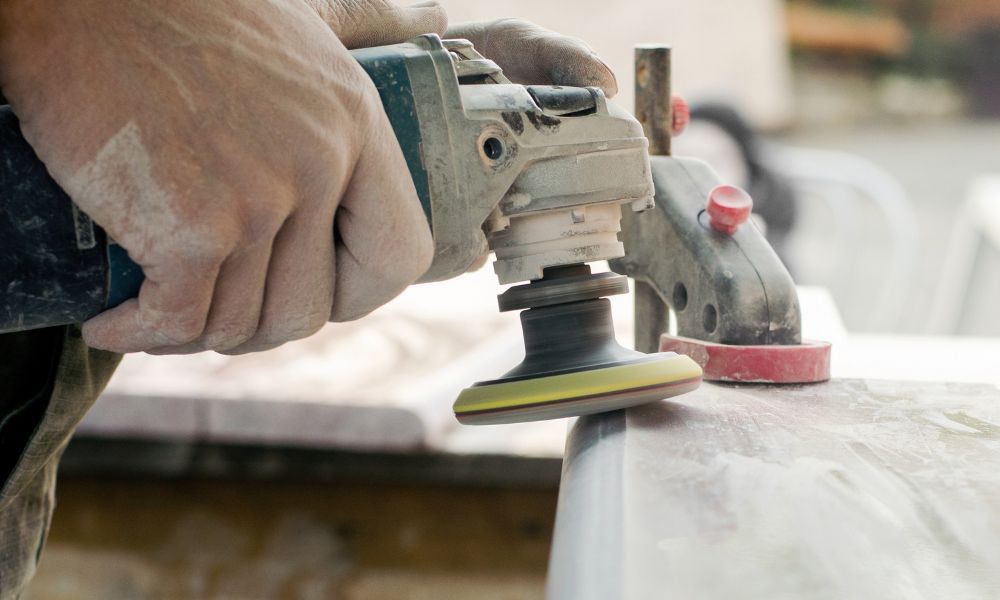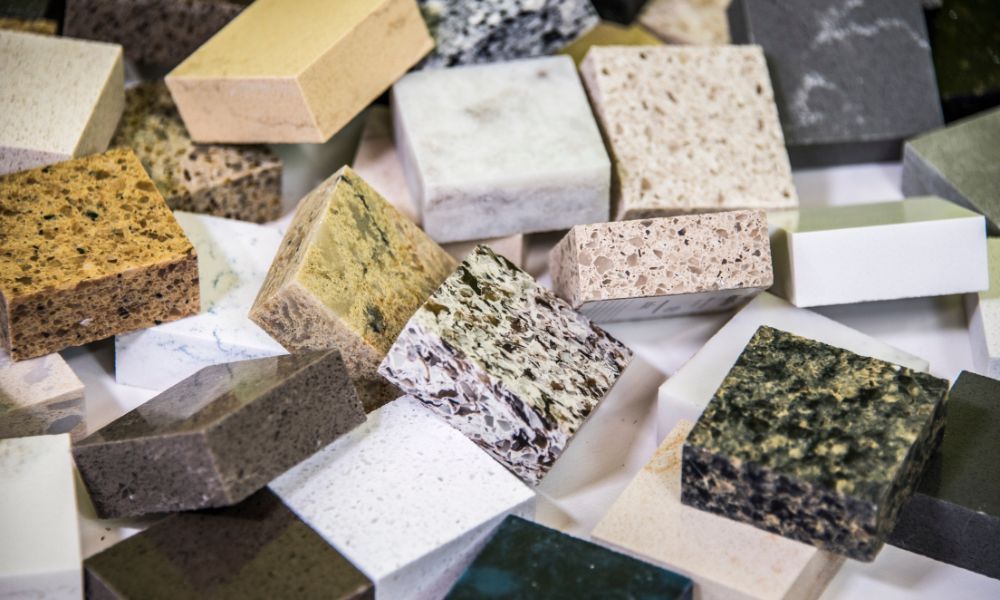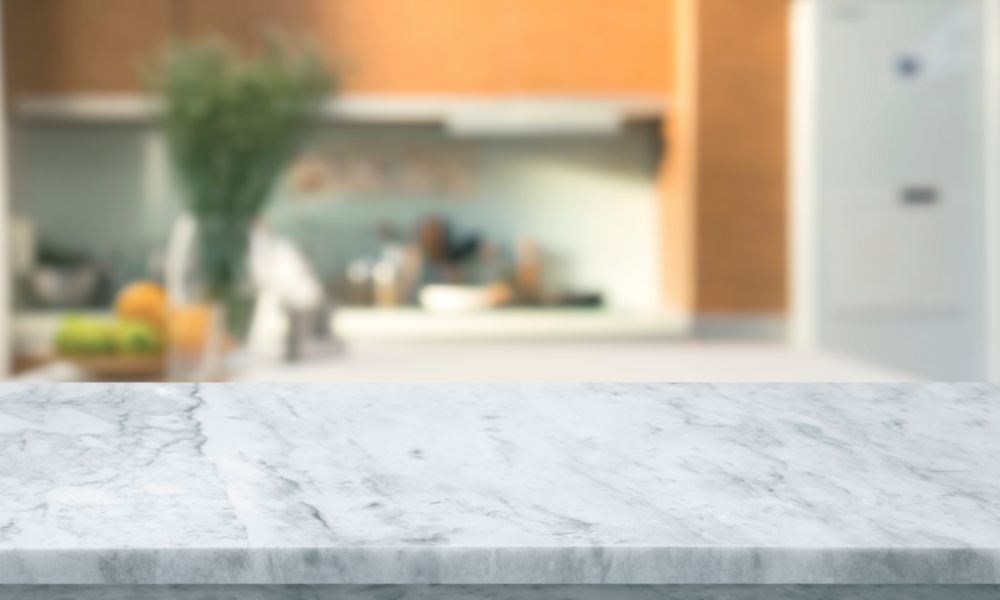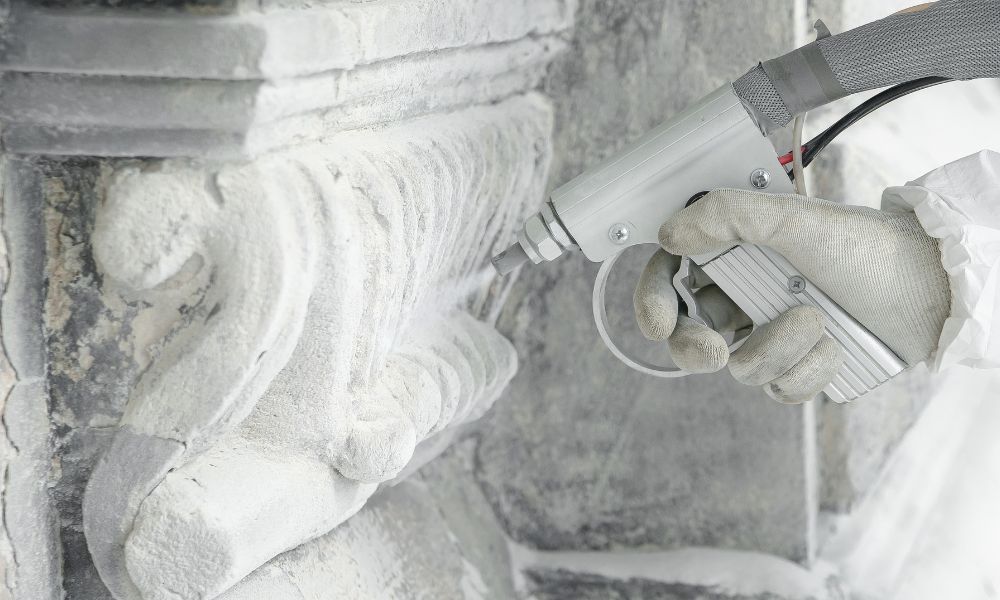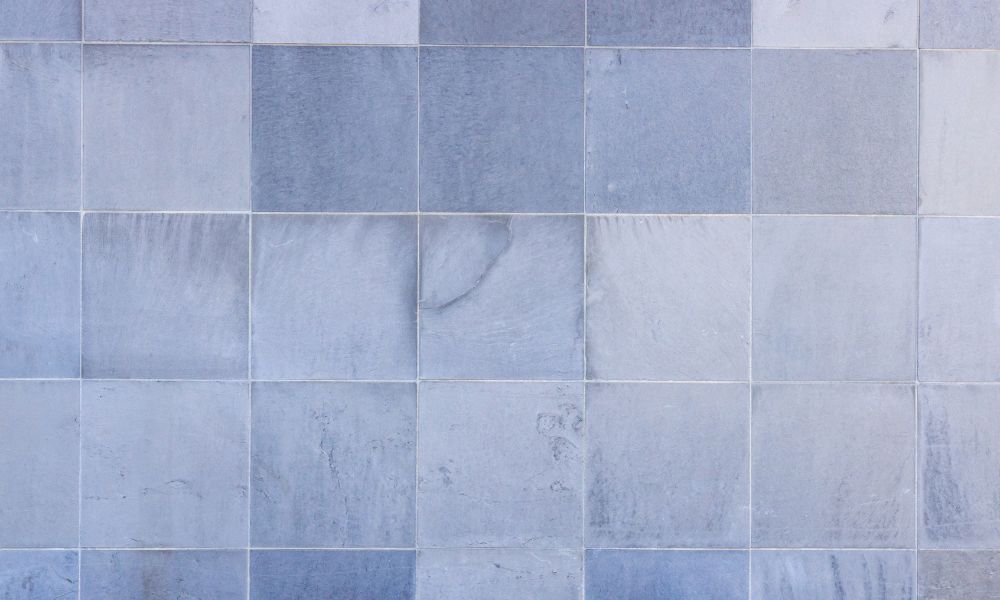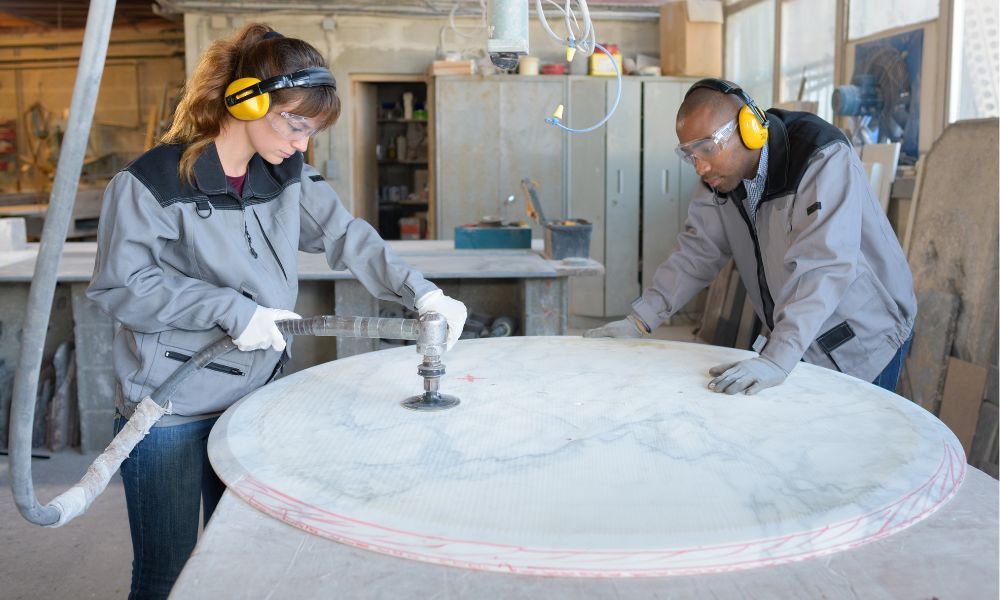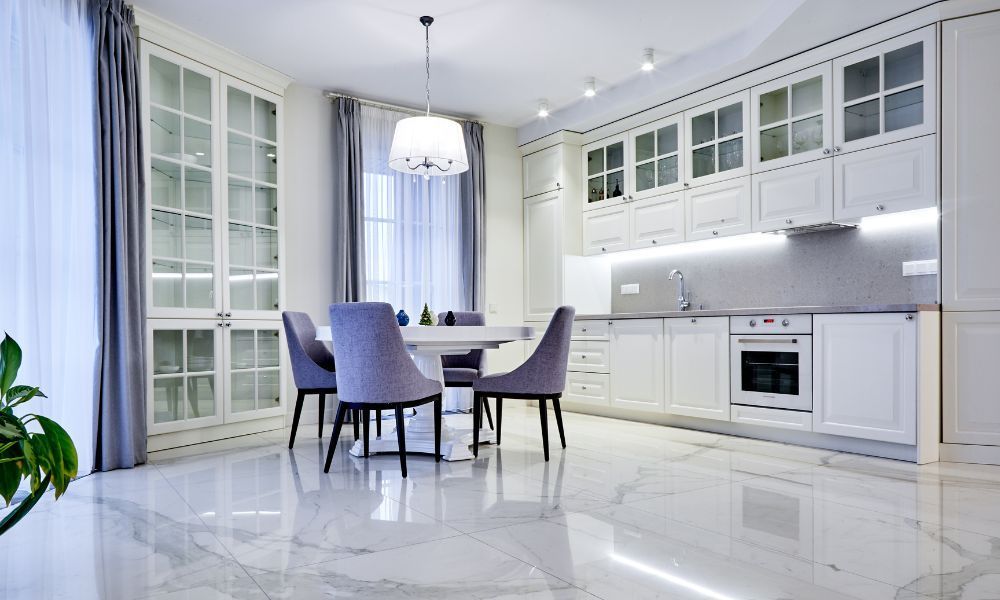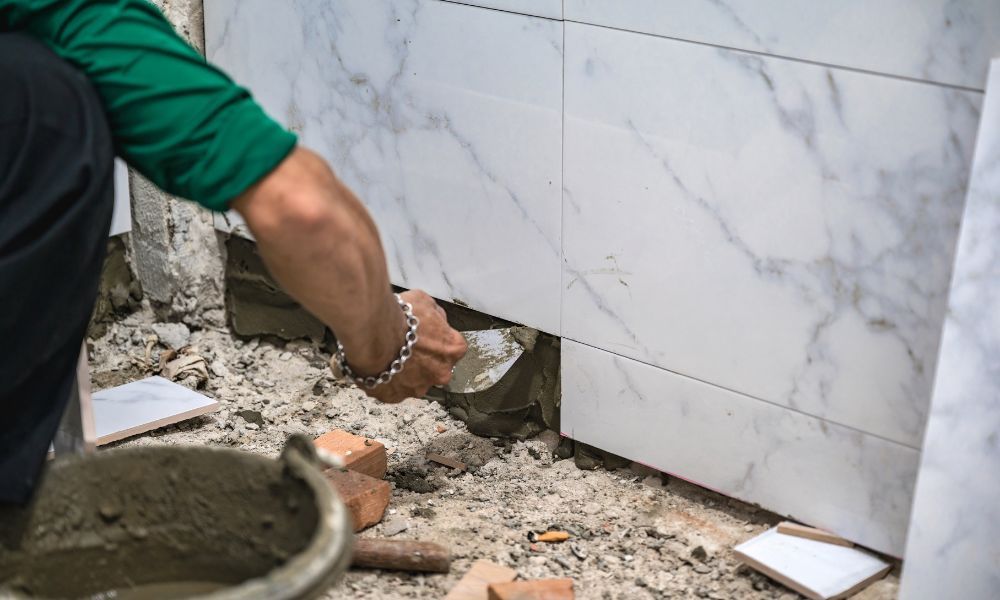Understanding Different Types of Natural Stone
If you’re lucky enough to have natural stone surfaces in your home—whether that means marble floors, granite countertops, limestone exterior walls, or the like—it’s worth knowing a little more about them.
As strong as stone is, stone surfaces have individual quibbles and idiosyncrasies when it comes to maintenance, treatment, and cleaning. It doesn’t matter whether the stone is newly installed or has been part of your house for a hundred years or more. It’s worth becoming acquainted with your home’s stone to ensure its loveliness and durability for the next century.
This basic guide to understanding different types of natural stone will help you get started. And remember to ask your installer or contact us for a consultation about what your specific stone needs to stay beautiful!
Granite
Never take granite for granted. Sorry, it felt like that had to be said. In truth, as tough as granite is, it still needs special care to prevent certain kinds of damage.
Granite is a popular natural stone surface. It comes in many different colors and patterns, featuring eye-catching specks, veins, and other decorative elements. Many homeowners swear by granite for countertops, floors, and outdoor applications. This is because granite resists heat, bad weather, and scratching and is extremely durable and long-lasting.
Even so, granite is susceptible to etching from acidic food products and cleaners. Additionally, oil, grease, and even water cause stains and damage if they’re allowed to seep in and set. Fortunately, it’s possible to reseal granite to help it resist stains and similar intrusions.
Marble
A classic and classy surface, marble has long been equated with sophistication and old-world charm. Marble recalls both ancient temples as well as modern elegance, is available in many colors, and is lauded for its rich veining. Best for floors, bathroom walls, tabletops, and as an accent feature, marble is incredibly flexible when it comes to interior decorating.
Being a much softer stone than granite, however, means marble is likelier to sustain scratches or stains. Luckily, you can also seal marble. Furthermore, when you treat the stone with care, it can still look pretty even after years of use.
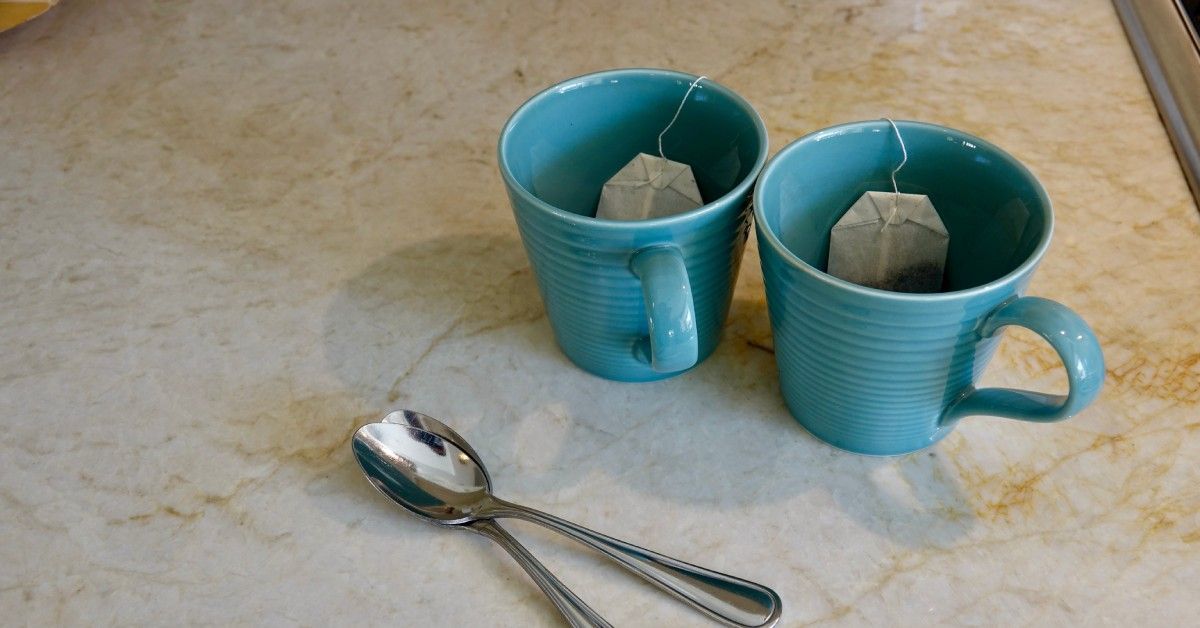
Quartzite
Quartzite is another natural stone but perhaps with a lower profile, at least compared with marble and granite. Quartzite looks like marble and is strong like granite. It is made from sandstone and given its appearance through encountering extremely hot magma and high pressure in the earth.
Quartzite resists scratches, high temperatures, and the weather, making it great for kitchen countertops, backsplashes, and patios. It requires less maintenance than granite and marble but still benefits from sealing and resealing over time to prevent staining from food, oils, and more.
Limestone
Limestone is a sedimentary rock. That means it resulted from centuries, if not millennia, of materials collected at the bottom of ancient and now long-gone bodies of water. Therefore, it comprises mostly fossils, shells, bones, and similar organic materials from ages past.
Limestone has the quality of being white when it’s quarried and slowly turning a buttery yellow through exposure to the air. People have used limestone in architecture since ancient times, bringing rustic charm, warmth, and solidity to any structure.
Limestone is not as strong as granite, marble, and quartzite, but it is more affordable and perfectly suitable for fences, walls, and indoor and outdoor decorating and cladding. Limestone lasts longer with protective sealing and frequent maintenance but does eventually deteriorate—though this takes a long time.
Slate
Slate is another rustic stone that delivers a simple beauty. It is most popular for flooring and walkways, especially in high-traffic areas. This metamorphic rock is slip- and scratch-resistant, highly durable, and comes in numerous colors, including black, gray, green, red, and more.
Like most natural stones, it requires sealing to be its best and stay looking good for far longer, but that pays off with years of loveliness and reliability.
Travertine
A natural stone that doesn’t often come up in daily conversation, travertine is another kind of limestone, though it mostly forms near mineral springs. Travertine is porous and has an earthy tone—usually beige, brown, and rich gold—that can’t be mistaken for other kinds of rock.
Much softer than granite and marble, travertine doesn’t last as long as those stones do under constant use and needs regular sealing treatments to avoid damage and staining. It can also be slippery when wet, so keep it away from places where water and slippage are risks. Still, travertine is more affordable than the other stones, and it delivers plenty of beauty to your home.
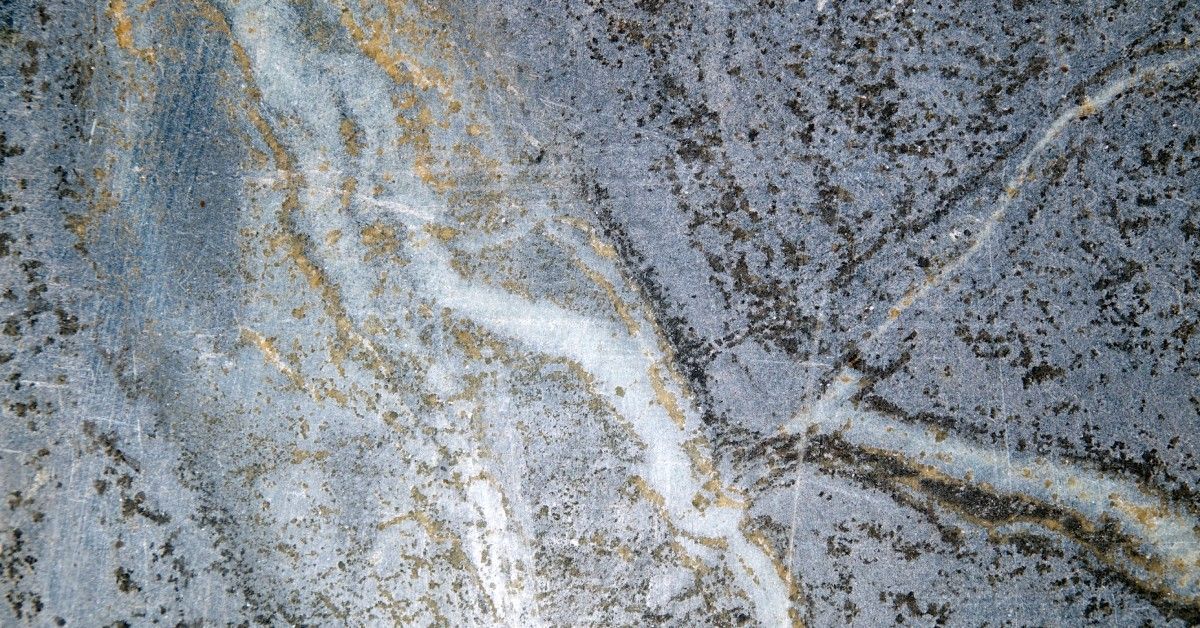
Soapstone
Despite its name, soapstone is made of rock. A talc schist stone, soapstone has a great matte finish that grows darker as time passes. Additionally, as the name “soapstone” suggests, it feels smooth to the touch. Soapstone has terrific heat resistance, so it’s fantastic for kitchen countertops and sink basins.
On the other hand, its softness makes it more prone to scratching and similar damage, so be gentle. Unlike other stones, it does not need to be sealed, though it does require regular treatment with mineral oil to retain its beauty and enhance the natural darkening process. If you’re fine with soapstone’s slow metamorphosis over time, it’s the perfect stone for your home.
Romancing the Stone
If you’re considering installing a new stone countertop, floor, or other project, what stone is best for you? It depends.
Consider the future function of the stone and how it will look in the context of your home. Consider the amount of maintenance you’ll need to invest in its upkeep and whether its weaknesses make it worth installing.
Finally, and more plainly, consider your budget. Natural stone is going to cost you. After all, you’re paying for permanence. Regardless, natural stone and its proper upkeep are worthwhile in the long run. Well-maintained natural stone surfaces can increase your home’s value.
That’s our basic guide for understanding different types of natural stone and how they can enhance and beautify your home. If you have questions or comments about the natural stone in your home, contact us today! Cleaner Image can provide the treatment, cleaning, resealing, and restoration services to ensure your stone maintains its loveliness and luster. We offer marble cleaning services as well as other means to sustain and maintain your home’s natural stone. We look forward to hearing from you!
Atlanta, GA | Newnan, GA | Sandy Springs, GA | Roswell, GA | Duluth, GA | Alpharetta, GA | Decatur, GA | Buckhead, GA | Midtown, GA | Piedmont Heights, GA | North Decatur, GA | Ellenwood, GA | North Druid Hills, GA | St. Simons Island, GA | Sea Island, GA | Edgewood, GA | East Atlanta, GA | Belvedere Park, GA | Clarkston, GA | Lake Claire, GA | Marietta, GA | Smyrna, GA | East Cobb, GA | Norcross, GA | Johns Creek, GA | Lilburn, GA | Lawrenceville, GA | Kennesaw, GA | Suwanee, GA | Tucker, GA | Powder Springs, GA | Woodstock, GA | Acworth, GA | Cumming, GA | Buford, GA | Stone Mountain, GA | Mountain Park, GA | Fair Oaks, GA | Mableton, GA | Douglasville, GA | East Point, GA | College Park, GA | Winston, GA | Dallas, GA | Villa Rica, GA | Hiram, GA | Fairburn, GA | Peachtree City, GA | Union City, GA | Riverdale, GA | Morrow, GA | Stockbridge, GA | Cliftondale, GA | Jonesboro, GA | Irondale, GA | Fayetteville, GA | McDonough, GA | Hampton, GA | Locust Grove, GA | Griffin, GA | Snellville, GA | Montgomery, AL | Birmingham, AL | Mountain Brook, AL | Hoover, AL | Tuscaloosa, AL


